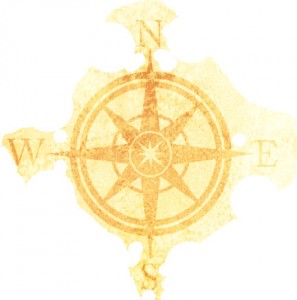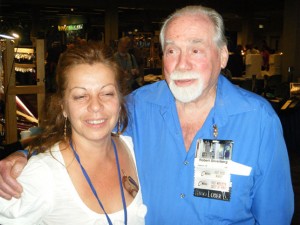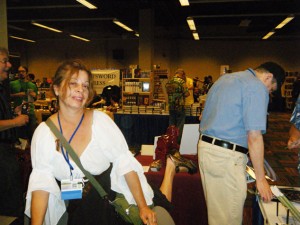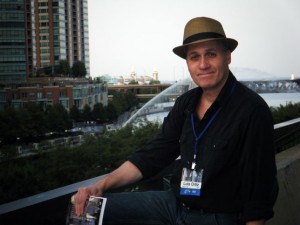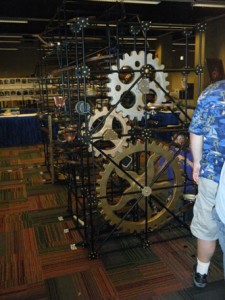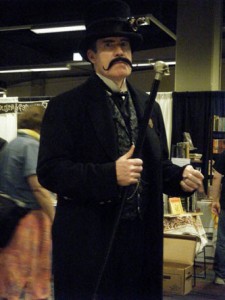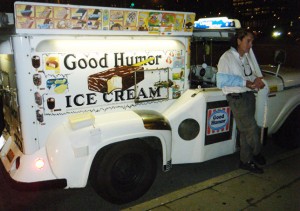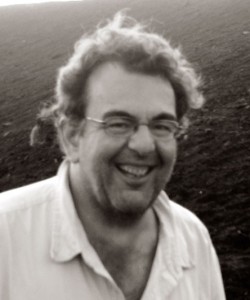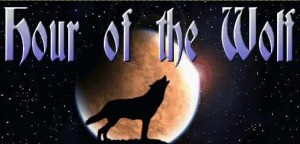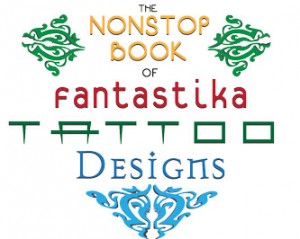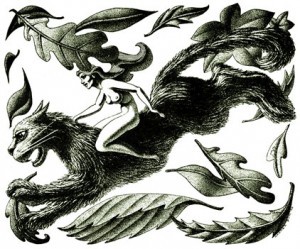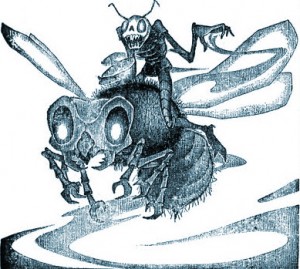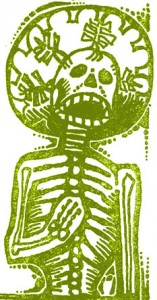NEW MALZBERG BOOK TEASER
WE ARE hard at work on THE VERY BEST OF BARRY N. MALZBERG and the book should ship by late Feb. 2013. Here is a teaser excerpt from the introduction by Joe Wrzos:
Ironically enough, Malzberg never intended to be a science fiction writer in the first place. True, as an urchin growing up in Brooklyn, he had discovered some pretty good storytelling in both Galaxy and Astounding. But in that period, sniffy mainstream critics still tended to ignore the genre, as did most aloof academics as well. So, older and wiser, he cannily earned his B.A. at Syracuse University, supplementing it with a year as a Shubert Foundation Playwright Fellow. After which — now apparently fiercely ambitious — he set his literary sights higher than genre level, aiming his early plays and stories at loftier markets. The plays, hopefully, at Broadway (or at least Off-Broadway); the fiction, first at the literary quarterlies, and, then at the more upscale (and better-paying) slicks like Esquire and The Atlantic. He probably also tried some of the more prestigious book publishers like Random House, but there too the results were not encouraging. Fittingly, though, in 1973, less than a decade later, after he had achieved a measure of success in the sf field, Random House itself came calling, now eager to publish Malzberg’s prescient Beyond Apollo, his risky taboo-shattering challenge to the basic premise and gung ho spirit of NASA’s military-industrial, manned space program. And this, at a time when most of us were still basking vicariously in the afterglow of those exhilarating 1969 TV transmissions showing a space-suited Neil Armstrong ever so tentatively planting his historic out-sized boot prints on the powdery surface of the Moon, the first Earthling to do so (and an American, too!).
But before Beyond Apollo stirred up all that critical dust, Malzberg had already begun to make a notable, if limited, impact on the science fiction field with “We’re Coming Through the Window” (Galaxy, August 1967). The hilarious short-short about a hapless two-bit inventor, who concocts a homemade time machine but somehow manages (it’s a question of faulty calibrators, you see) to inundate his cramped little apartment with hundreds of replicas of himself, each of whom desperately striving to rectify the situation, only makes things worse! Malzberg followed this promising debut with “Final War” (The Magazine of Fantasy & Science Fiction, April, 1968), which he himself has capsulized as being “about an endless war in an ambiguous time fought for no reason.” Exceedingly well written, exhibiting many of the skills he’d already honed before entering the sf field, this relentless indictment of all-out absurdist conflict could well have been snapped up – had they been given first look – by any of the top literary quarterlies or slicks of that period. But, fortunately, science fiction, as it sometimes does, got there first.

